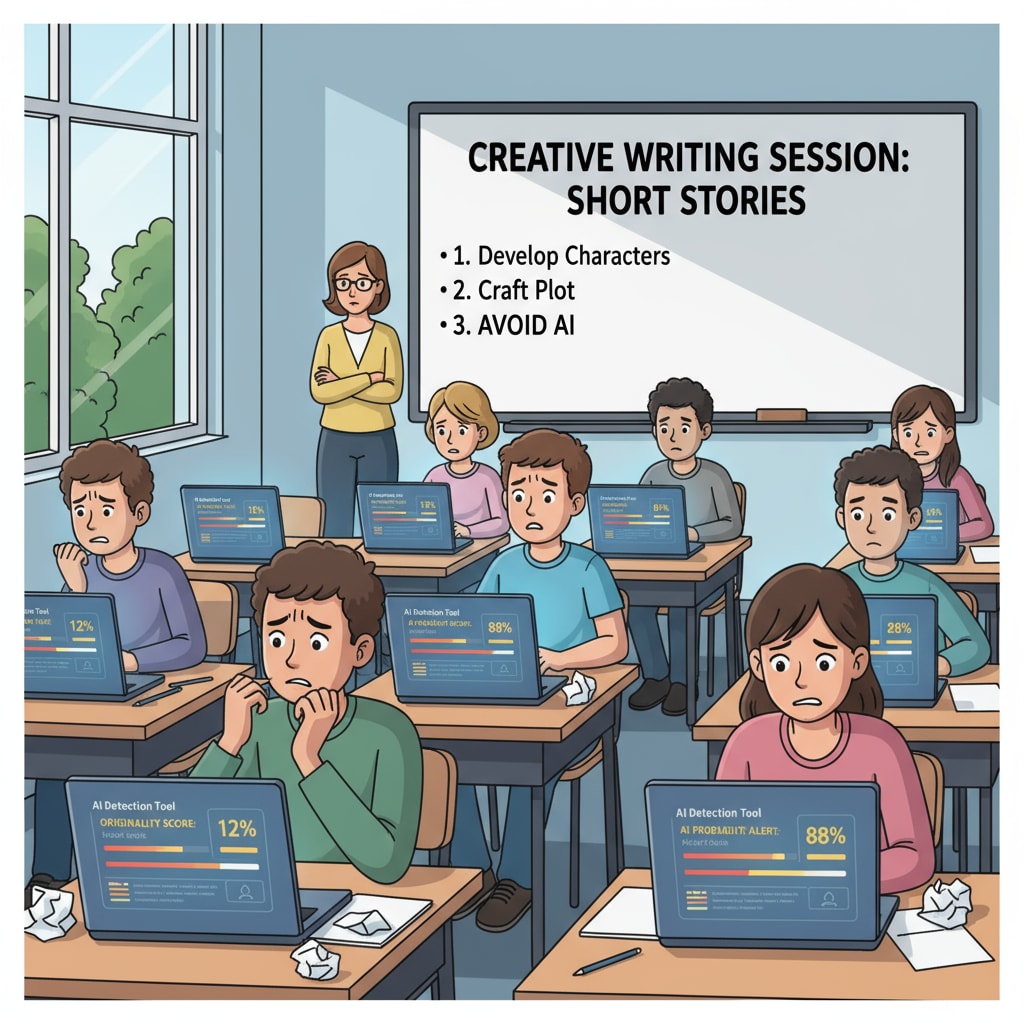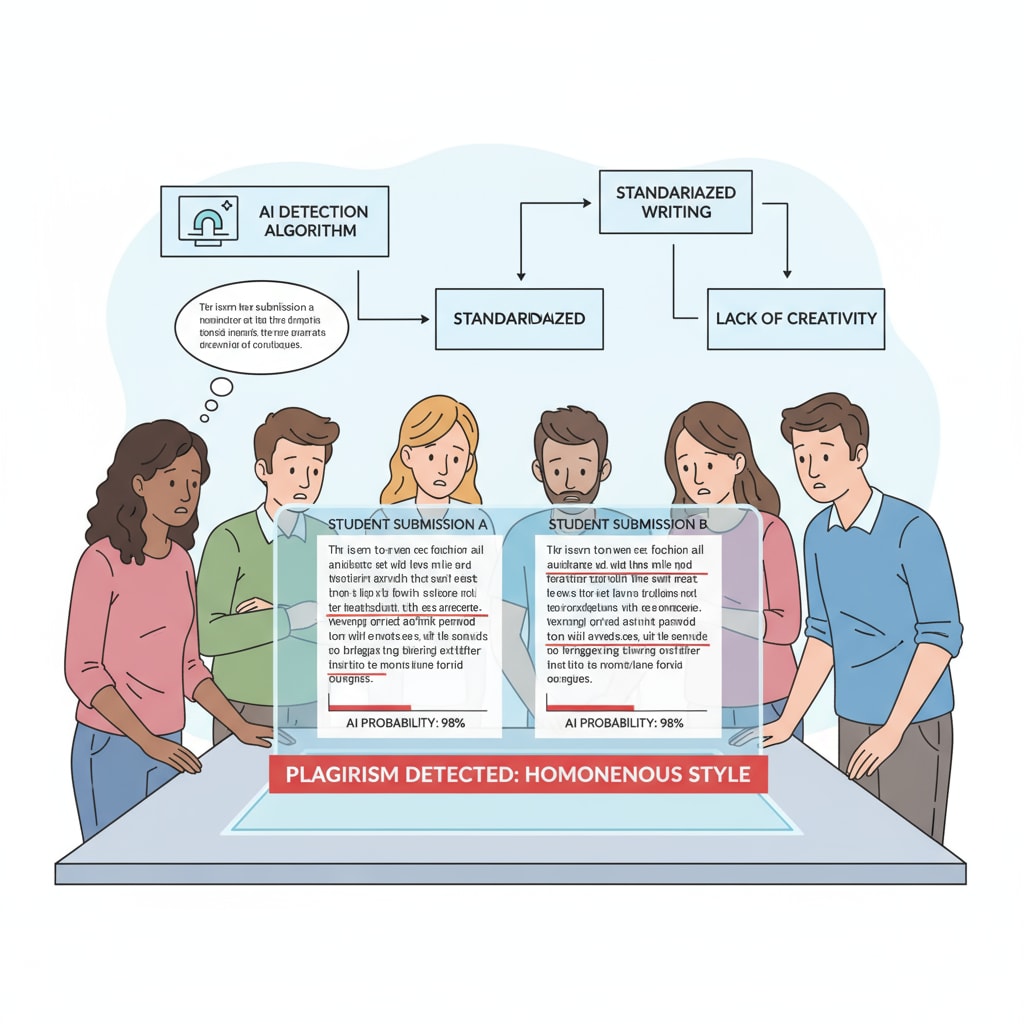In the realm of contemporary high school creative writing, the rise of AI detection tools has cast a shadow over student creativity. These tools, while intended to combat plagiarism, are having a detrimental impact on the creative writing process.

The Restriction of Original Thinking
One of the most significant issues is the restriction of original thinking. When students know that their work will be closely scrutinized by AI detection tools, they may be discouraged from taking risks and exploring unique ideas. For example, they might avoid using innovative language or unusual narrative structures, fearing that it could trigger a false positive in the detection system. According to How AI is Changing Education on Education.com, this fear can lead to a narrow and conservative approach to writing, limiting the development of true creativity.
The Convergence of Writing Styles
Another consequence is the convergence of writing styles. As students try to conform to what they perceive as “safe” writing to avoid detection, their writing becomes more homogeneous. Instead of expressing their individuality, they start to adopt similar styles and techniques. This can be seen in the way they structure their stories, choose their vocabulary, and develop their characters. As a result, the rich tapestry of diverse creative voices in the classroom begins to fade. As How AI is Transforming Education on TeachThought points out, this lack of diversity in writing styles can hinder the growth of students as creative writers.

In conclusion, while AI detection tools have their place in ensuring academic integrity, their overuse in high school creative writing classes is clearly having a negative impact on student creativity. It is essential that educators find a balance between using these tools and fostering an environment where students feel free to express themselves creatively. Otherwise, we risk losing the unique and valuable perspectives that young writers bring to the table.
Readability guidance: The article uses short paragraphs and lists to summarize key points. Each H2 section provides a clear explanation. The passive语态 is used sparingly, and transition words like ‘for example’ and ‘as a result’ are incorporated to enhance readability.


